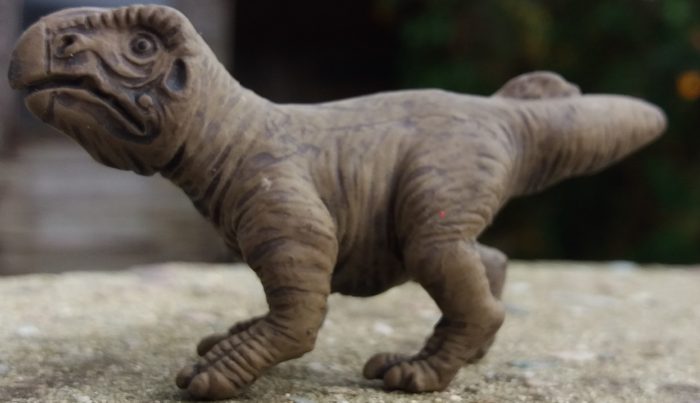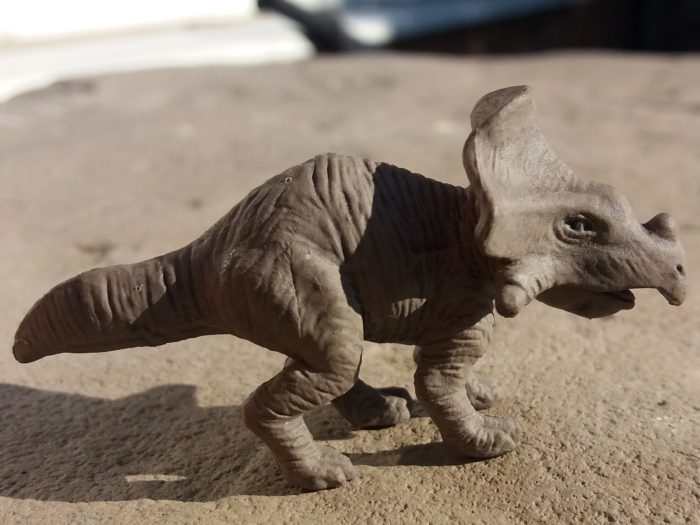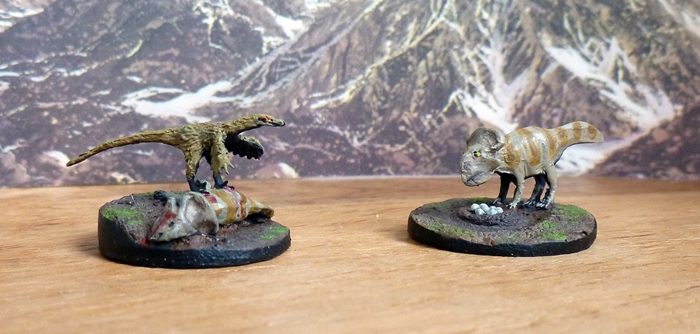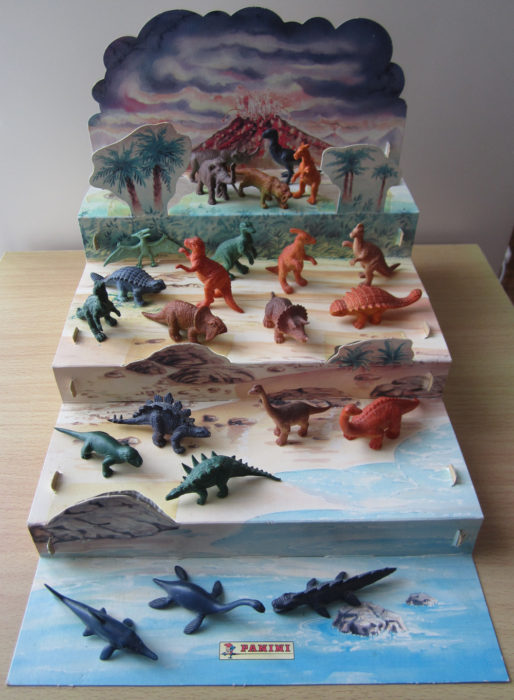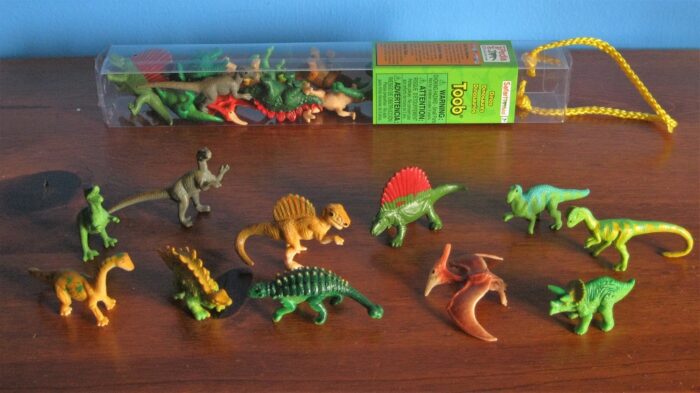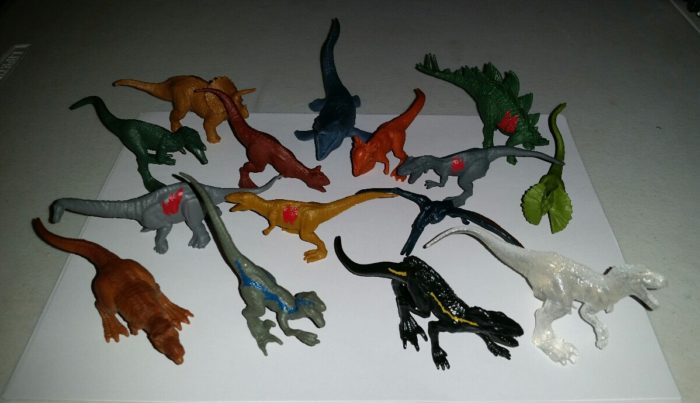The more I go into the DinoWaurs Survival line, the more I love the diversity of it. It’s not just the giants and often repeated species like Tyrannosaurus, but everything from Permian synapsids to plesiosaurs. Another thing I like is that they give the smaller species a chance to shine, such as today’s subject: Psittacosaurus, a genus so common that it is used as a bio marker in stratigraphy.
Classification: Ceratopsian
Review: Protoceratops (DinoWaurs Survival)
Review: Styracosaurus (2019)(Wild Safari by Safari Ltd.)
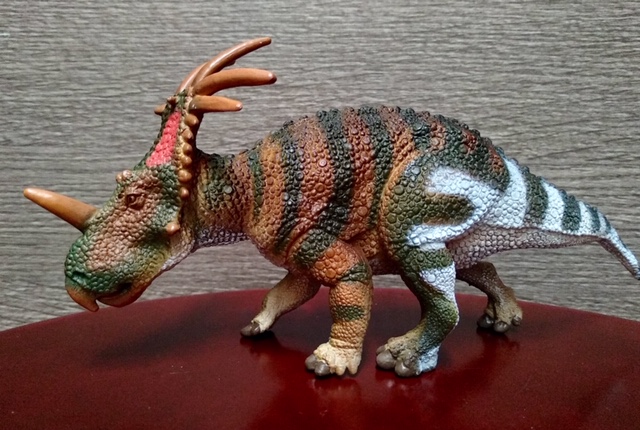
4.7 (31 votes)
Review and photographs by Jose Carlos Salas (Jose_S.M.), edited by Suspsy
Safari Ltd has a history of delivering great ceratopsid sculpts almost every year, so much so that it’s kind of an annual tradition and 2019 is no exception. This time, they’ve made one of the better known ones for the general public: Styracosaurus.
Safari Ltd has a history of delivering great ceratopsid sculpts almost every year, so much so that it’s kind of an annual tradition and 2019 is no exception. This time, they’ve made one of the better known ones for the general public: Styracosaurus.
Review: Pachyrhinosaurus (Sinoceratops) (Jurassic World: Fallen Kingdom, Roarivores by Mattel)
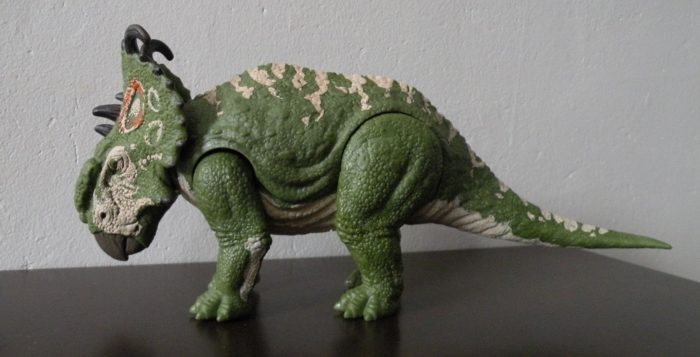
4.4 (14 votes)
Say what you want about Jurassic World: Fallen Kingdom, you do have to admire that it brought so many obscure genera to the pop culture forefront. Because of that a lot of poorly represented dinosaurs have a chance at some fame which is only a good thing for those of us that collect dinosaur reproductions.
Review: Velociraptor & Protoceratops (MIXVS MINIMAX)
Review: Prehistoric Animals (Panini, review part 1)
Review: Protoceratops (Jurassic World: Fallen Kingdom Attack Pack by Mattel)
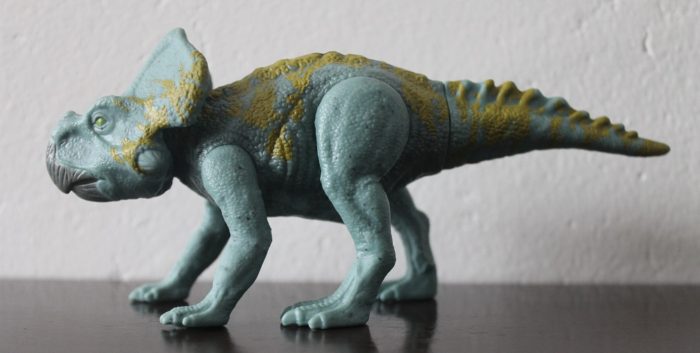
3.1 (12 votes)
One of the best things about the Mattel Jurassic World line is its inclusion of many obscure and unpopular genera. This was something Kenner did with the original line too, producing such oddities as Esstemenosuchus and Scutosaurus. For the Mattel line a lot of unexpected surprises have already hit the shelves or are slated for release.
Review: Triceratops (Animal Adventure/ANIA by Takara Tomy)
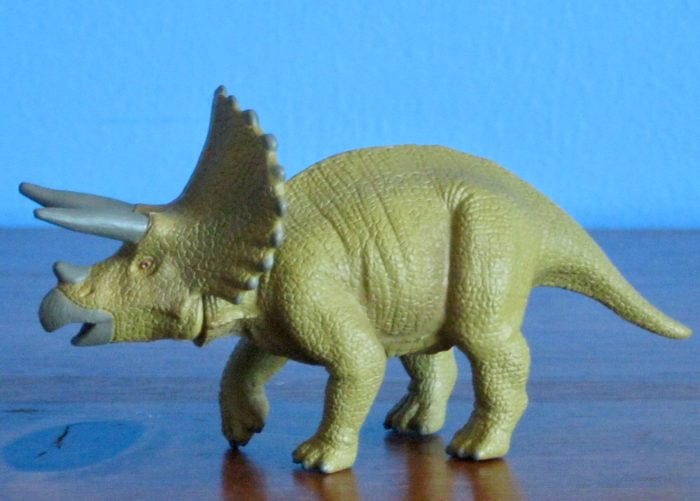
3 (5 votes)
Triceratops is one of those dinosaurs too iconic for manufacturers to leave out of any toy line, yet it’s one of the genera that can easily fall victim to old stereotypes. This review covers Takara Tomy’s take on the classic three-horned face, which reflects some of these ups and downs of the dinosaur’s media depictions.
Review: Dinos (Toob by Safari Ltd.)
Review: Mini-Dino Multi-Pack (“Battle Damage”)(Jurassic World: Fallen Kingdom by Mattel)
Review: Psittacosaurus (Conquering the Earth by Schleich)
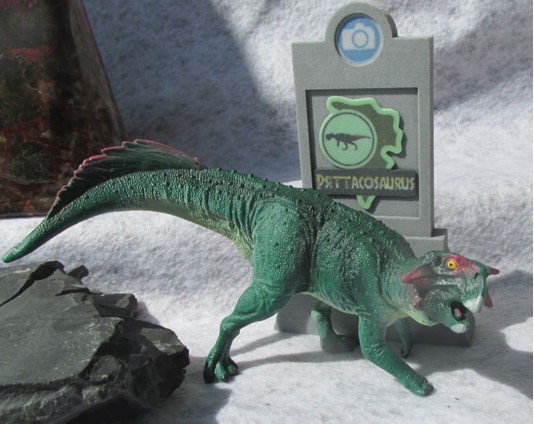
4.6 (18 votes)
Review by Amargasaurus cazaui, Edited by Gwangi
In early 2018 Schleich introduced several new models for the year, including a new Psittacosaurus. The model appears to be P. Sibiricus, and is surprisingly well done. Measuring in at just under 5 inches and over 2 inches tall at its highest point, it is a decent sized model.
In early 2018 Schleich introduced several new models for the year, including a new Psittacosaurus. The model appears to be P. Sibiricus, and is surprisingly well done. Measuring in at just under 5 inches and over 2 inches tall at its highest point, it is a decent sized model.
Review: Styracosaurus “Gnawhorn” (Plasma Dinosaurs by MegaBloks)
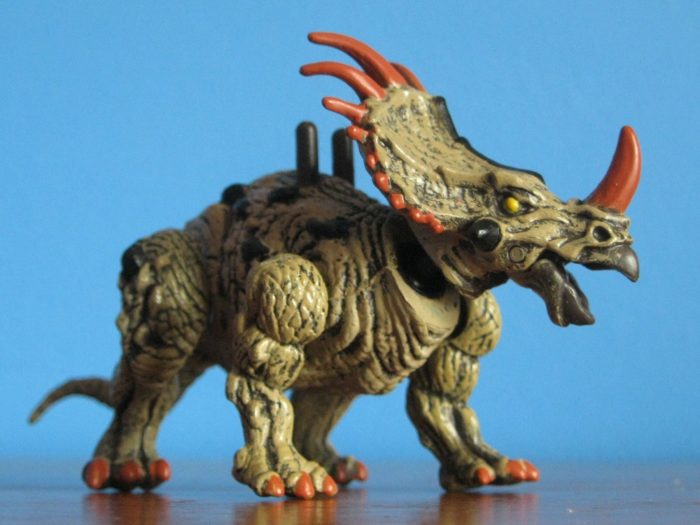
1.6 (10 votes)
Between 2006 and 2008, Mega Bloks produced a line of small toys called “Plasma Dinosaurs” (and Dragons), which could be assembled and re-assembled with each other. Mega Bloks doesn’t appear to have had scientific accuracy in mind for these little monster figure, but as a child’s toy their in-hand playability is decent enough.

